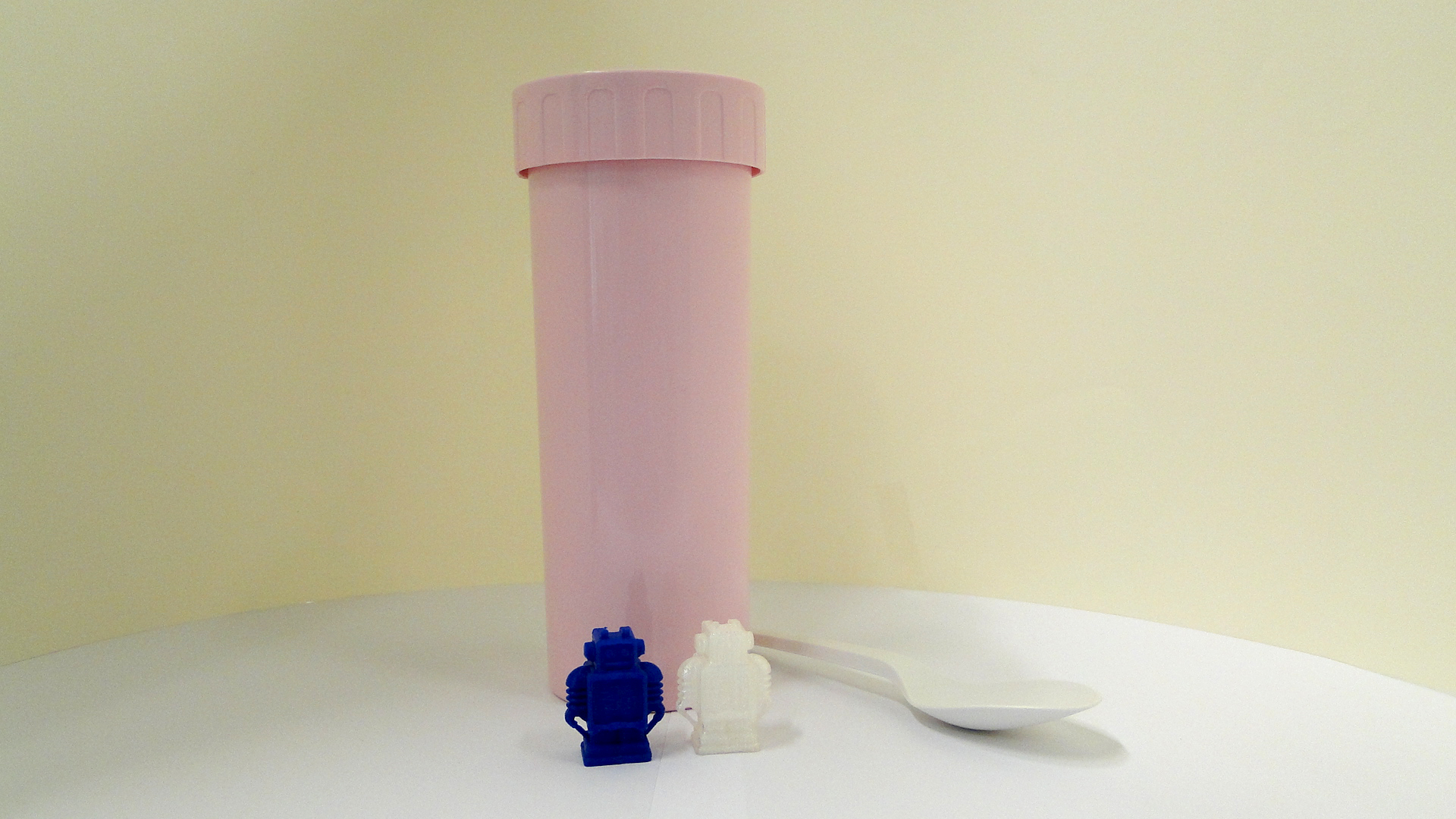Plastics
Polylactic Acid (PLA)
General information
Description
Polylactic acid (PLA) is a bioplastic. It is made of renewable biomass. Contrary to plastics derived from fossil sources, it is a green material. Consequently, its price is somewhat higher than average. Under appropriate conditions (industrial compost facilities) it is biodegradable. However, under normal conditions PLA is relatively stable. It is by nature quite a hard plastic which can be transparent and can be coloured. When transparent it may fluoresce slightly, not at all or at best vaguely yellow/greenish under UV.History
Already in 1946 the first patent was registered, but commercial production started only at the beginning of the 21st century. Owing to the interest in bioplastics production is increased hugely since and the number of applications and production methods is growing.Production, Application, Appearance
PLA is used as film, for bottles, degradable medical implants, food packaging and as 3D printing material.Properties
Material properties
ThermoplasticDensity: Rigid = 1.21-1.29 g/cm3
Melting point: 164-178°C
Glass transition temperature: 55-75°C
Identification properties
Cell structure (foam): not applicableSmell: no characteristic smell
Touch: no characteristic feeling
Sound: Rigid = no characteristic sound; Film = hard rustling sound
UV-radiation (when clear): fluoresces slightly or at best vaguely yellowish/greenish
Polarising filters: it does not give an effect or shows neutralises the effect (gives a blue and yellow hue)
Degradation
Process
Photo-oxidation, soiling (electrostatic).Details
PLA is not considered a problem plastic. However, it is compostable and may show problems with time.Symptoms
Yellowing, surface becomes matte, loss of mechanical properties resulting fractures and tears.Susceptibility
UV-radiation: LowLight: Low
Oxygen/Ozone: Low
Temp: Low
RH: Medium (fluctuations)
Preventive conservation
Recommendations
UV-RADIATION: keep below 75 µW/lm UV filter for daylight and fluorescent light - reduce intensityLIGHT: 1 slight change in approx. 30 Mlx.h Moderate light dose - control intensity and exposure time
OXYGEN / OZONE: ambient conditions
TEMP: common indoor conditions 10-30°C
RH: common museum conditions 40-60% RH fluctuations: setpoint ±10% or ±5% when allowing seasonal fluctations between 35-65%
Other names
- Polymelkzuur
- Lactel



